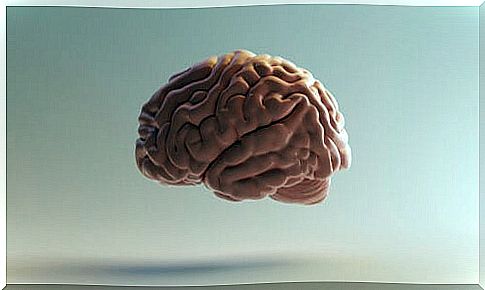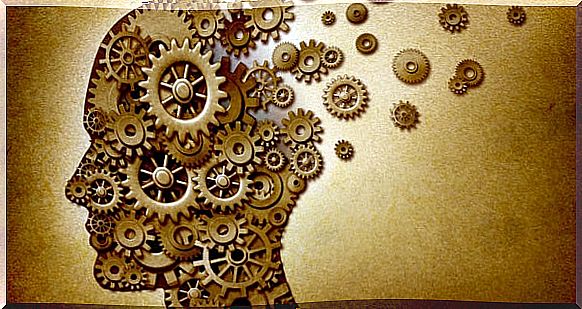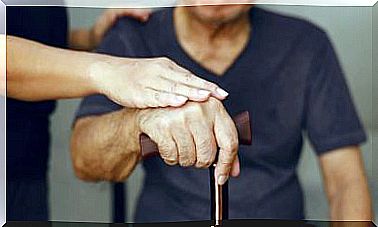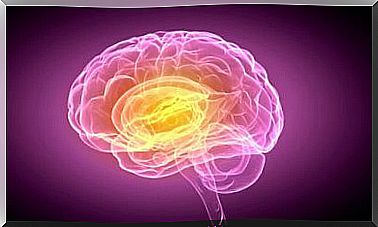The Circuit Of Papez

James Papez worked on the anatomy of emotion and this is how he described his circuit, the Papez circuit, in 1937. It is mainly made up of the hippocampus, the thalamus, and the cingulum. However, it seems that this idea had already been contemplated before Papez exposed it.
Thus, authors such as Paul Broca and Paul McLean added other structures to the emotion circuit. Among them were the septum, the amygdala, and the hypothalamus, forming the limbic system. On the other hand, neurologist Paul Ivan Yakovlev proposed an emotional circuit that included the orbitofrontal, anterior temporal, insular lobes and other nuclei of the thalamus.
Thus, it has been seen that the Papez circuit may be related, apart from emotions, with memory and damage to its various components in Parkinson’s disease, Alzheimer’s disease, Korsakoff syndrome, semantic dementia and global amnesia.

Who was James Papez?
The American neuroscientist James Papez (1883 – 1958) pioneered the study of comparative neuroanatomy. Thus, he identified a circuit in the mammalian brain that serves emotional experience, and the eponymous, the Papez circuit, is firmly established in medical vocabulary.
Papez worked in the isolated laboratory at Cornell University. Here he was practically immersed in the practice of examining the slides under the microscope. This allowed him to definitively identify this circuit.
How is the Papez circuit formed?
The Papez circuit begins from the formation of the hippocampus, known as the subiculum. Then it goes through the body of the nipples. It then traverses the mamilothalamus tract, often known as the Vicq d’Azir tract, and synapses in the anterior thalamic nucleus. From there, it reaches the cingulum, traverses the entorhinal cortex, and returns to the hippocampal formation and is approximately 350 millimeters long.
A proposal for the mechanism of emotion
Papez published his observations in 1937 in a landmark paper titled “A Proposal for the Mechanism of Emotion” in the Archives of Neurology and Psychiatry. This is what Papez described:
Before Papez
As we have already said, the concept of an anatomical substrate for emotion did not begin with the works of James Papez. In 1907, the neuropathologist Christfried Jakob (1866 – 1956) alluded to the visceral brain and conceived the presence of an internal brain that presents emotional mechanisms of the viscera. This scientist based his hypotheses on experiments on the degenerative brain of monkeys and dogs, as well as autopsied materials from the human brain (2).
The appearance of the brain in the lower-middle part, when dissected, looks like a limbus. That is why Paul McLean, the influential American physiologist and psychiatrist, preferred to call the circuit the limbic system. Thus, other researchers called it the Papez-McLean circuit.
Papez’s circuit and memory
Apart from the role of the Papez circuit in the field of emotion, some authors have found evidence that memory also has its roots there. They point to strong synchronization of theta waves in the hippocampus and anterior ventral thalamus. Since these waves deal with problems like memory and learning, several workers have suggested that the Papez circuit could be involved in mnemonic functions. Some scientists have even reduced it to the realm of spatial and episodic memory (3, 4).
So it seems that the Papez circuit is both an emotional system and a system that has to do with memory. It is a discovery that, although it had already been mentioned before, James Papez finished outlining and that was decisive for the neuroanatomy of emotion.









